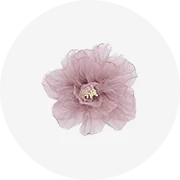
Trung Quốc Nhà Sản Xuất Dệt Polypropylene Nhiều Lớp Ống Van Túi Cho 50Kg Túi Đáy Vuông Túi Xi Măng Putty Sack


Phân hủy sinh học standup Spout Túi chất lỏng Pouch bé thực phẩm bao bì Choke bằng chứng nước trái cây nước giải khát puree túi nước Túi

























Duyệt qua nhiều lựa chọn. túi máu nhà sản xuất trung quốc có sẵn ở các màu sắc, kích thước và mẫu khác nhau trên Alibaba.com. Một tủ quần áo cần phải có trong cả mùa hè và mùa đông ,. túi máu nhà sản xuất trung quốc giúp bạn trông giản dị nhưng sang trọng, cho dù được sử dụng làm kính râm hay cho một dáng thể thao. Được làm bằng những loại vải chất lượng tốt nhất, những. túi máu nhà sản xuất trung quốc bền và lâu dài.
Tại Alibaba.com, bạn chắc chắn sẽ thấy không thể cưỡng lại được. túi máu nhà sản xuất trung quốc cám dỗ bạn mua nhiều món đồ và xây dựng một tủ quần áo hiện đại để sánh ngang với bất kỳ người có ảnh hưởng nào. Mua sắm ngay bây giờ để nhận được những ưu đãi tốt nhất về các thiết kế có thương hiệu, chất lượng cao do các nhà sản xuất và nhà cung cấp hàng đầu cung cấp, cập nhật các xu hướng mới nhất. Hãy yên tâm về mức giá chưa từng có và nhận được lợi nhuận lớn nhất cho số tiền của bạn.